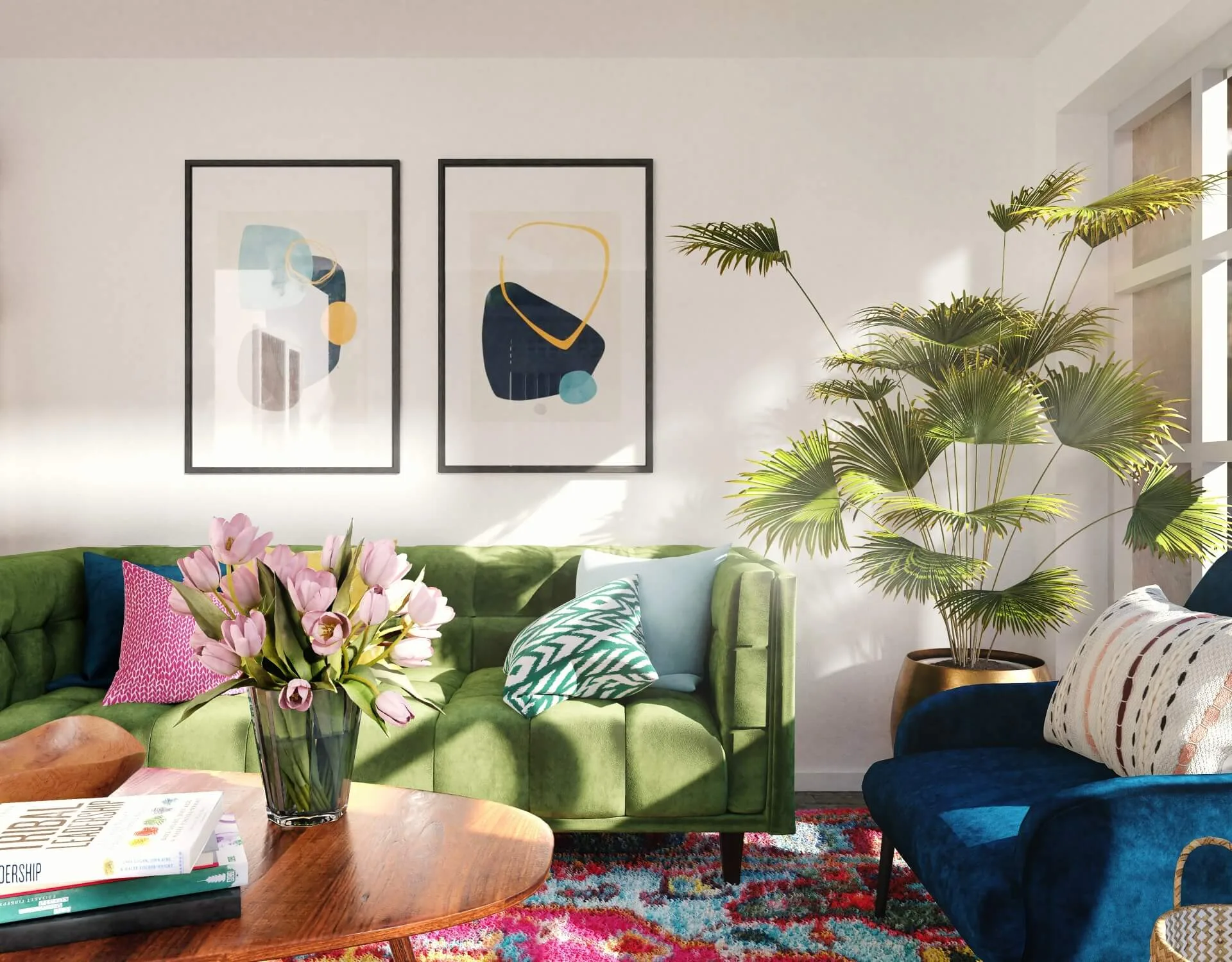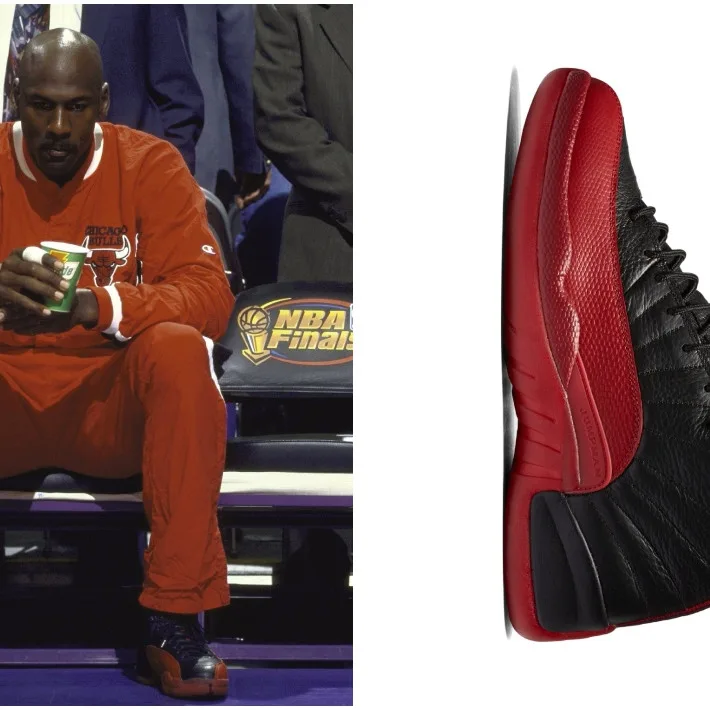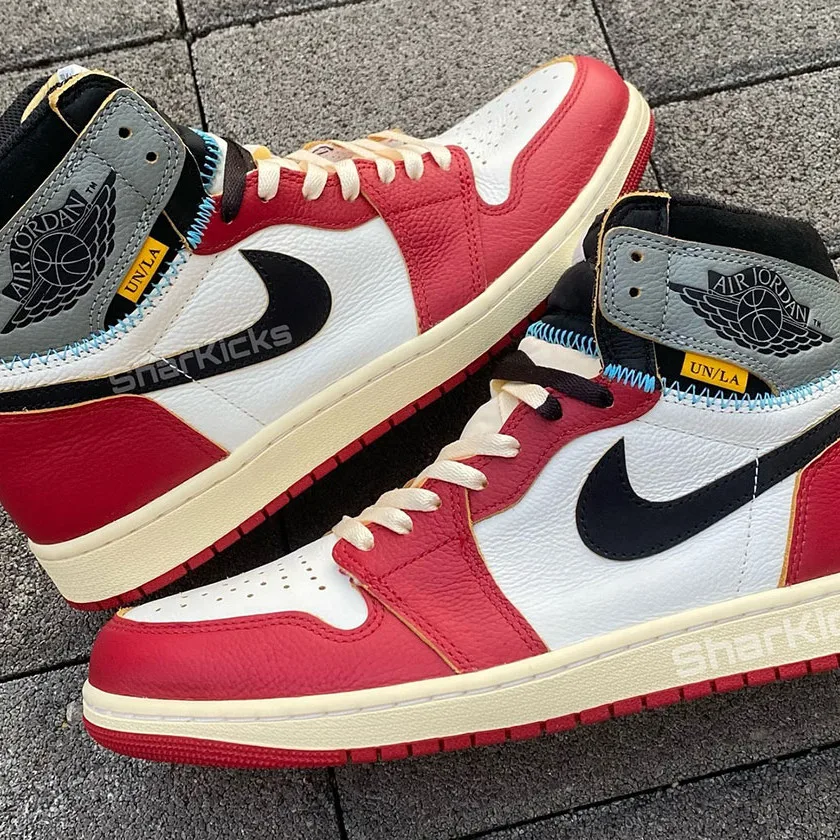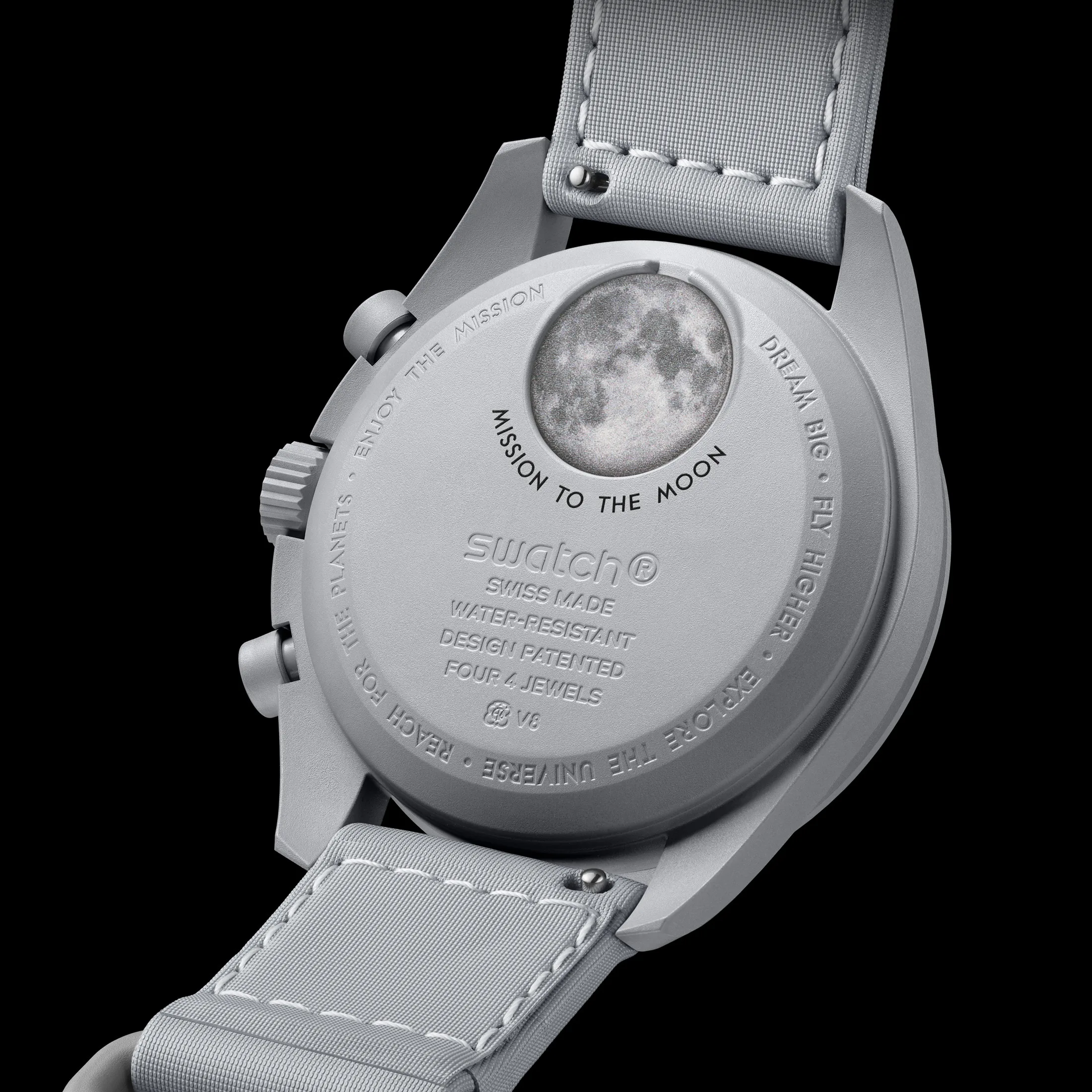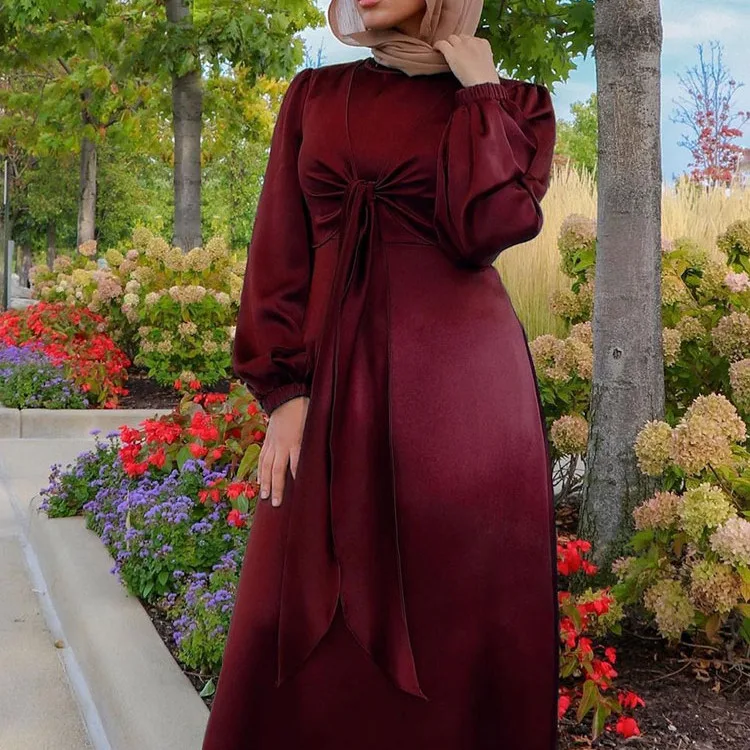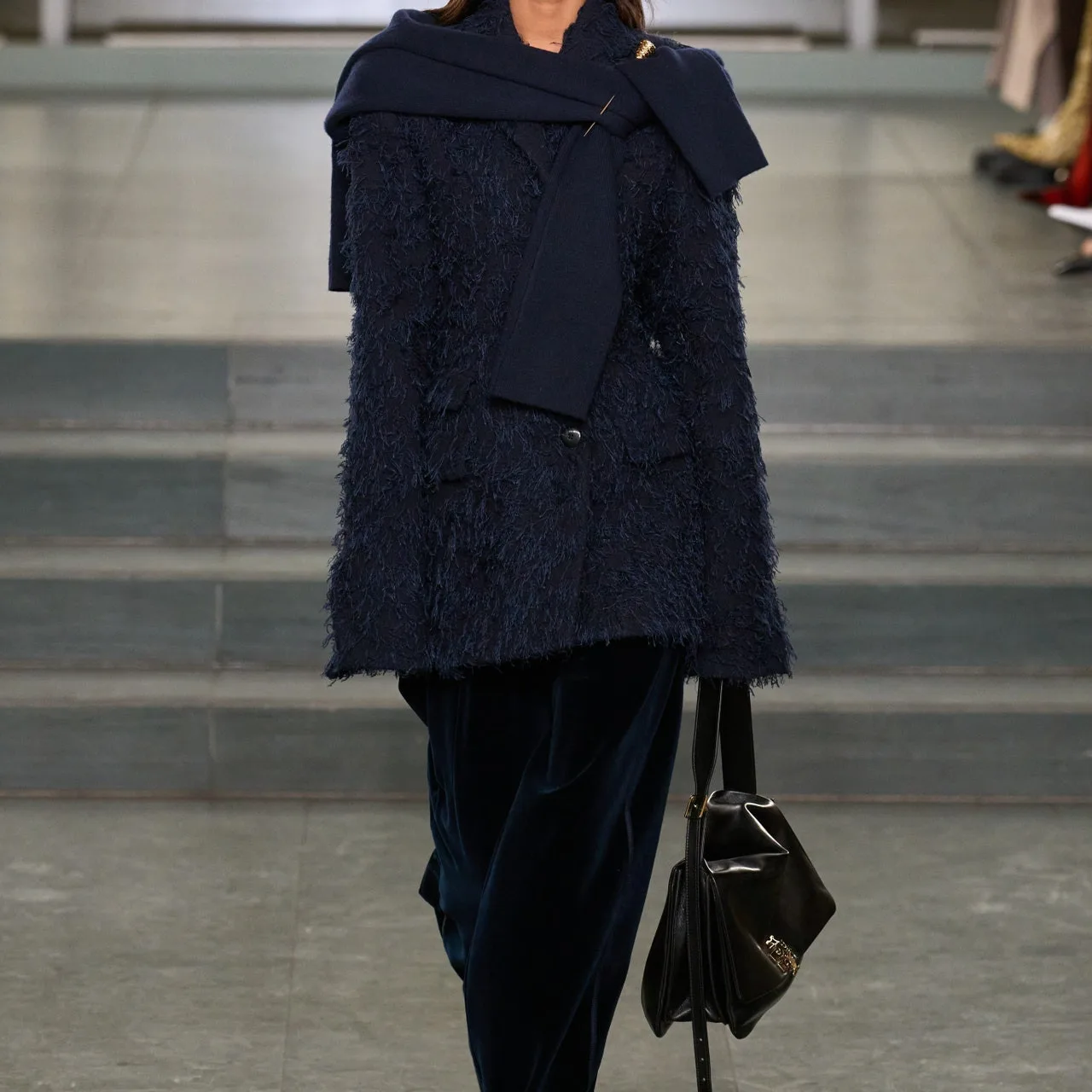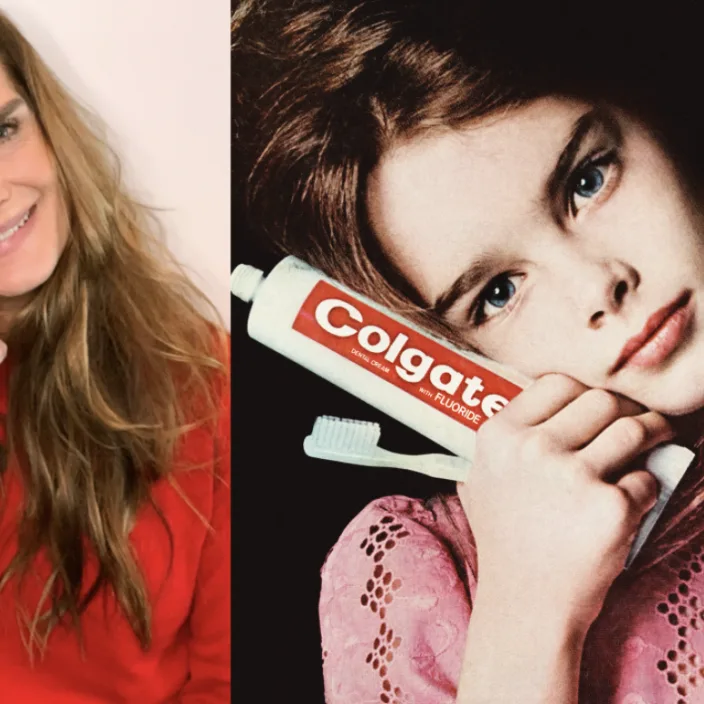A new trend is sweeping through the interiors of Gen Z homes, characterized by a preference for maximalist decor — an aesthetic that embraces bold choices and eclectic styles. A recent report highlights the popularity of elements like vibrant wallpaper, animal prints, and stained glass in young homeowners’ living spaces. This shift towards maximalism contrasts sharply with the minimalistic trends traditionally favored by previous generations.
Homeowners are leaning towards layers of texture and color, utilizing bold animal prints on upholstery and incorporating ornate, colorful wallpaper to create personalized spaces. One designer remarked, “Today’s youth are more willing to experiment with color and pattern, viewing their home as an extension of their personality.”
In addition to maximalist choices, vintage decor has also regained popularity among younger generations. Items with a nostalgic feel are making a strong comeback in homes across the nation. The resurgence can partly be attributed to a growing environmental consciousness and a desire to embrace sustainable living through the repurposing of old furniture and decor. Many millennials and Gen Z-ers prefer shopping at thrift stores or estate sales to source unique pieces that add character to their homes.
Experts advise homeowners to mix vintage items with current trends to create a visually appealing and unique aesthetic. “Combining new items with vintage pieces can strike a perfect balance, allowing one to maintain a modern look while also celebrating historical craftsmanship,” said a design expert.
The wave of vintage decor embraces three specific categories: mid-century modern furnishings, retro kitchenware, and classic home accessories. Simple, functional items from the mid-20th century offer an ideal way to incorporate nostalgic elements without overwhelming a space. This blend of modern and retro styles not only enriches the decor but also tells a story about generational shifts and lifestyle changes.
As interior styles continue to evolve, it’s clear that the embrace of maximalism and vintage aesthetics is more than a simple design choice; it reflects broader cultural values such as individuality, sustainability, and a desire for authentic living environments.
